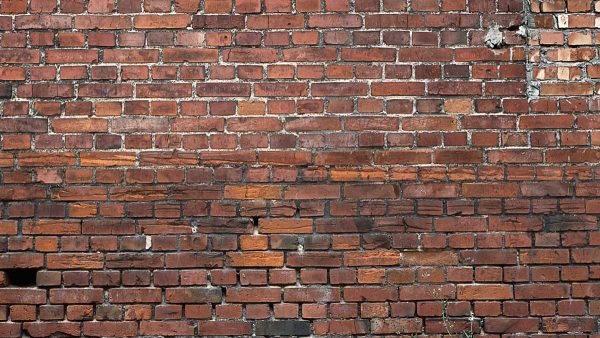What is the main reason for cracks in masonry joints?

Masonry is one of the oldest building methods on earth for a number of reasons — and durability is high on the list. A well-built structure made of masonry can last for decades or even centuries with little upkeep, at least if it doesn’t start to crack.
Moisture is masonry’s #1 enemy, and cracks let it seep into the structure and break it apart from the inside. You need to know why cracks form and what you can do about them.
Common Reasons for Masonry Joint Cracks
Joints crack because of movement. That’s the basic issue.
How that movement happens, however, is a different matter.
Masonry structures look solid, but they actually move more than you’d think. One of the biggest reasons for movement is the freeze/thaw cycle. The ground moves under the concrete slab as it freezes and thaws, expanding and contracting. That movement won’t be even all the way across the slab — tree roots, ground cover, moisture levels, shaded areas, and more will change the rate of change. That leads to foundation movement. This movement will show up as mortar joint cracks in the masonry.
The structure itself isn’t invulnerable to expansion and contraction either. Over time, bricks absorb water from the air and expand, putting pressure on the mortar joints. Mortar may flake away and walls may lose their structural integrity.
Excess moisture buildup can put pressure on joints too. Brick, stone, and stucco veneers need proper drainage systems to keep moisture from building up behind the wall, leading to deteriorating mortar joints. As a joint fails, it puts pressure on the other joints. This creates cracks that go far beyond the original failure point.
Seismic activity can also contribute to cracks. The structure moves during an earthquake, which puts pressure on the mortar joints and makes them more likely to fail.
How To Avoid Masonry Joint Cracks?
Expansion joints can be added to masonry to direct pressure away from load-bearing walls. These joints are designed to move. They use flexible material to fill the gap instead of mortar, which makes them useful for applications where you know you’ll need to redirect energy.
Proper engineering and proper installation on new construction will help — but if you already have cracks forming, there are still plenty of options available. Contact us today to find out what JKI can do for you.
